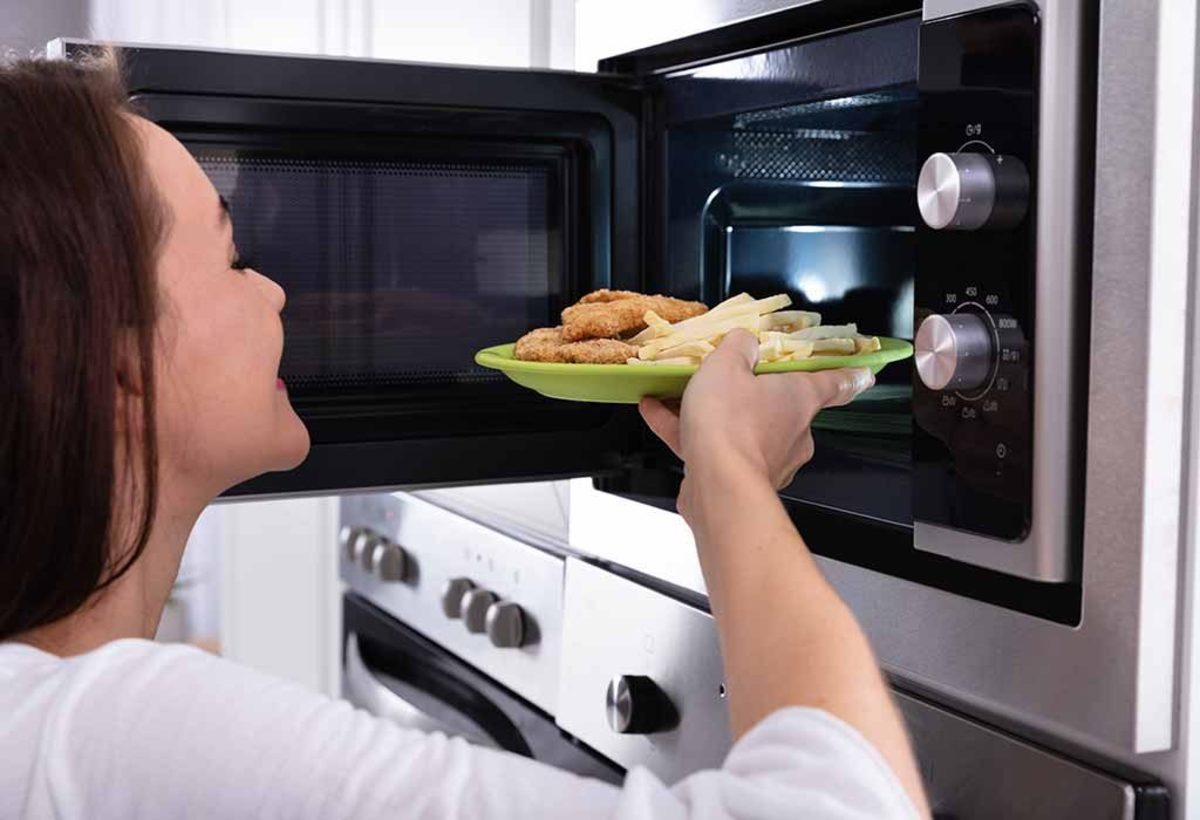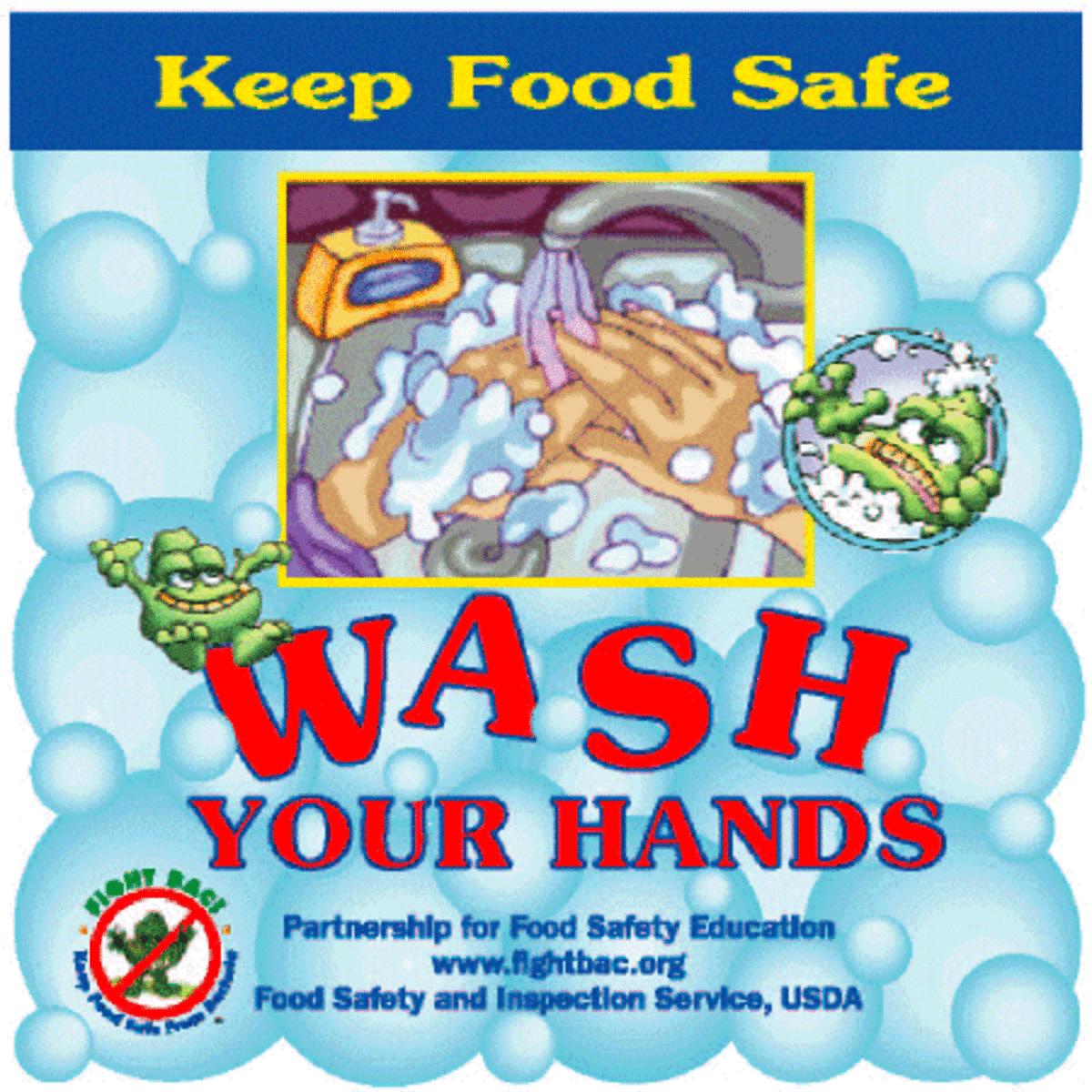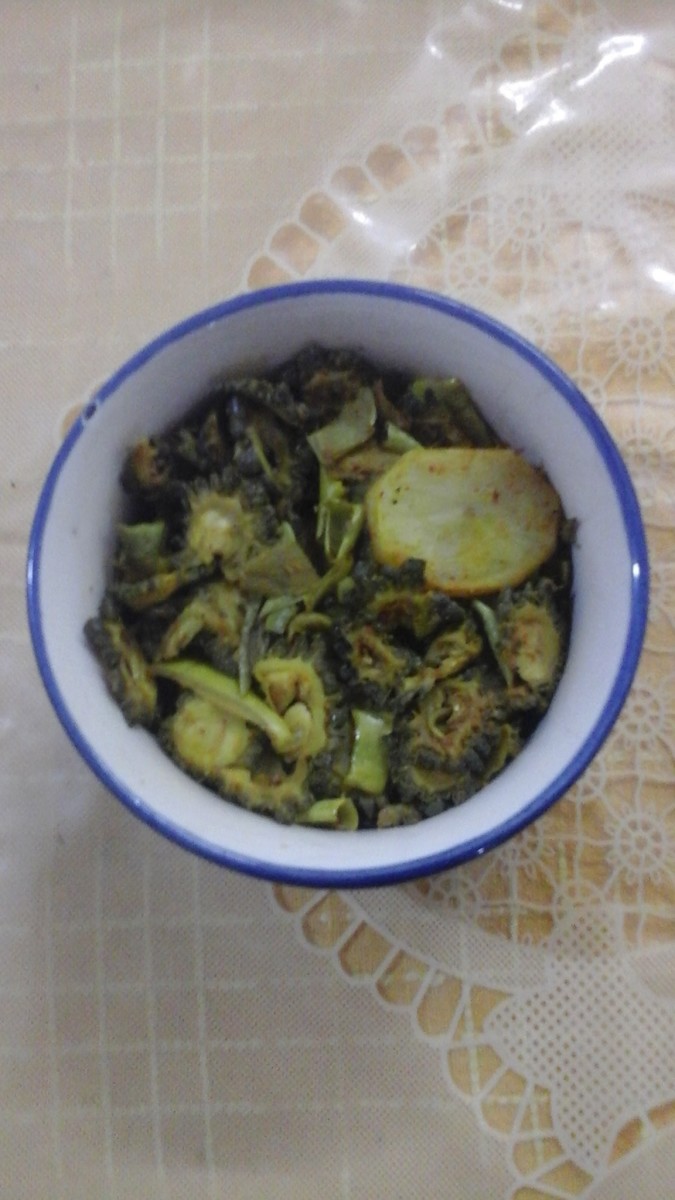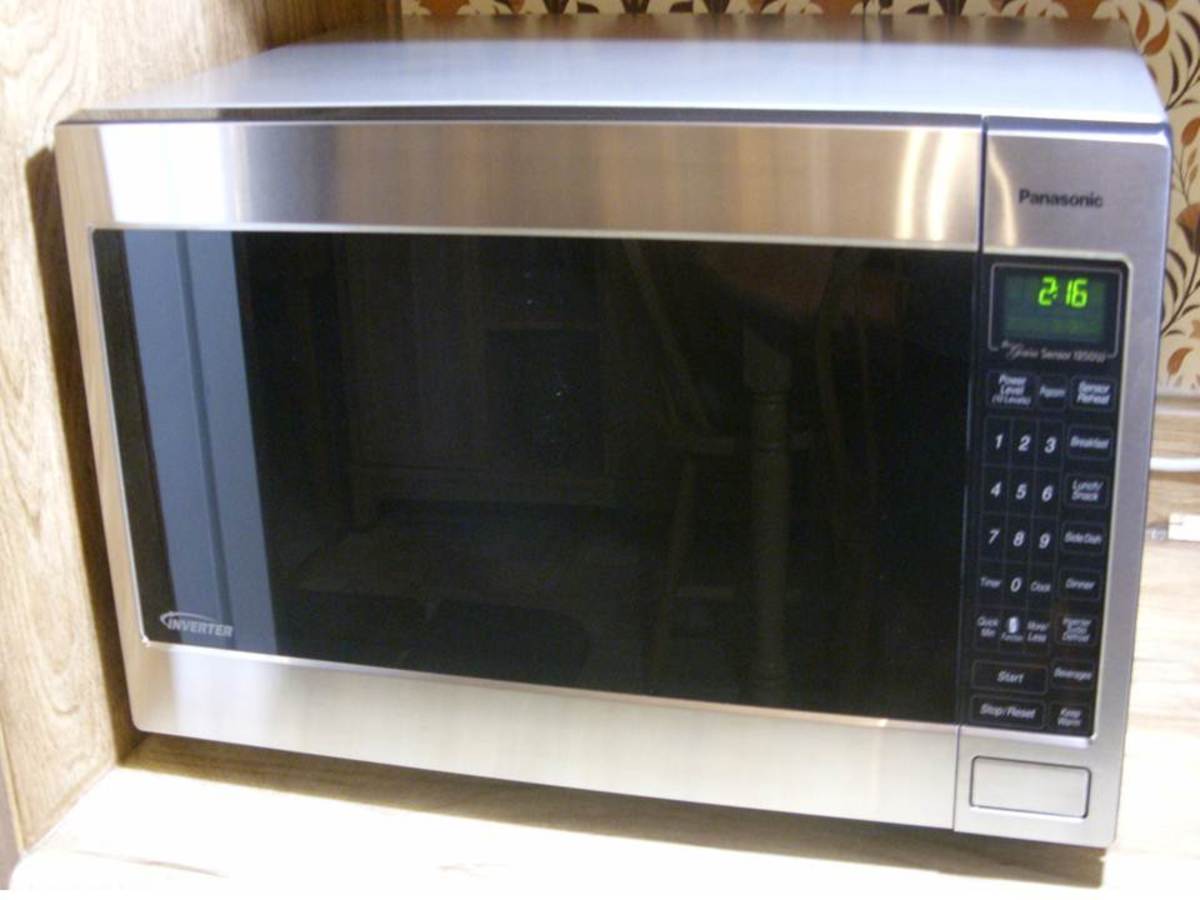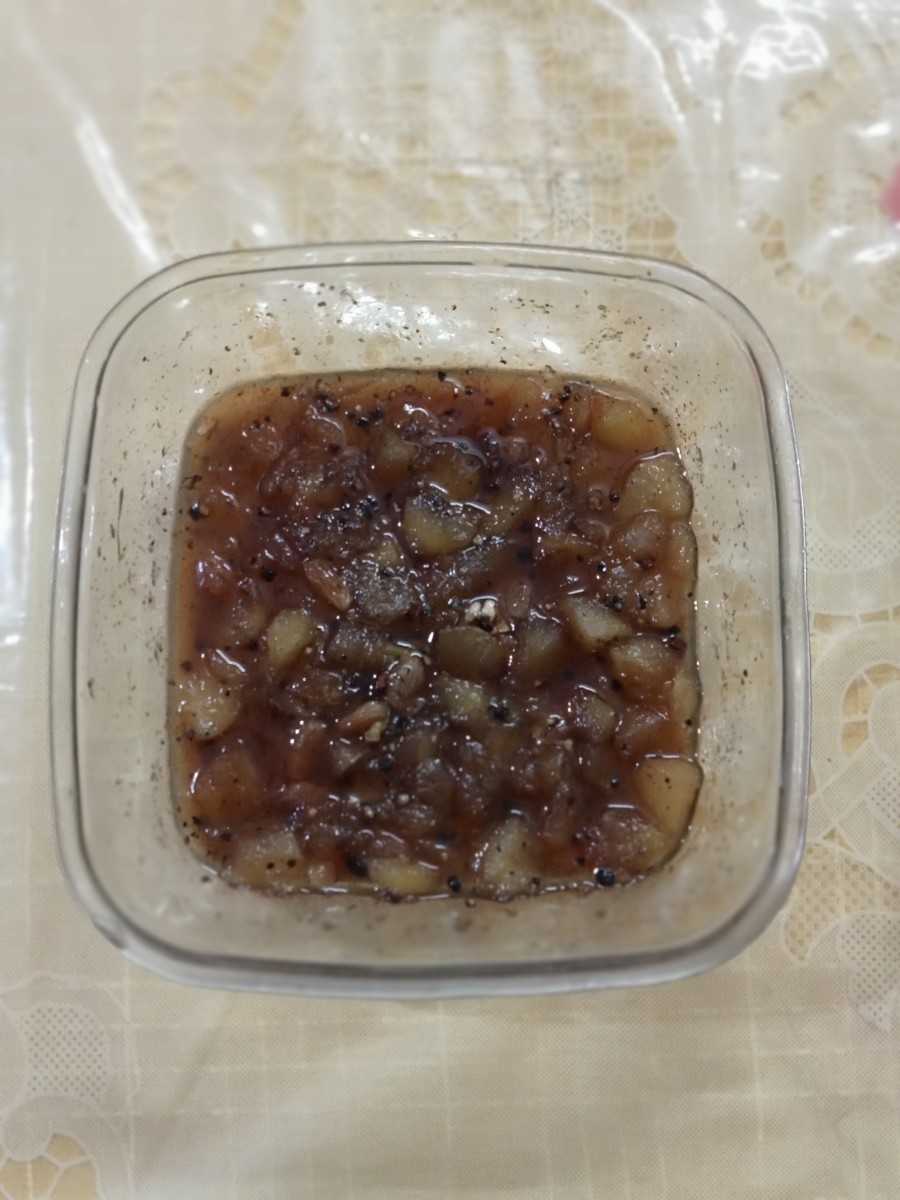How Safely Thaw Food for Cooking
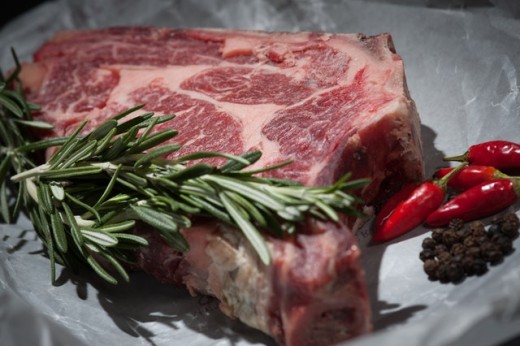
One of the greatest advents of modern technology is their refrigerator. This helps to keep food for an extended period, minimizing food waste and trips to the grocery store. On the other hand, food that is cold will take longer to cook because it must come up to a safe temperature for cooking. This is an even bigger problem for food that has been stored in the freezer. Without thawing the food, the dish could be cooked unevenly, making for an unpleasant surprise. Therefore, something stored in the freezer should be thawed before it can be cooked. What are some ways that this can be done safely?
Move Food from the Freezer to the Refrigerator the Night Before
One of the easiest ways to thaw food safely is to move it from the freezer to the refrigerator the night before it is needed for dinner. 24 hours is typically enough time; however, there are some dishes that could take even longer to thaw. This depends on the size of the dish and the temperature of both the freezer and the refrigerator. The colder the freezer is, the longer it will take to thaw. In contrast, the warmer the refrigerator is, the quicker the dish with thaw. Furthermore, larger amounts of food will take longer to thaw. For example, a package of individual meatballs may not take that long to thaw at all. On the other hand, a large Thanksgiving turkey could take multiple days to thaw.
There are multiple advantages to using this method. For example, the entire process is hands off. People can move the dish to the refrigerator, go to work, and forget about it. If plans change (for example, people decide to go out to eat), the food can simply be saved for tomorrow or moved back into the freezer where it will freeze once again.
Move the Food to a Container of Cold Water
The next option is to thaw the food under cold water. The food is first placed in a sealed package (if it is not already sealed) and then placed in a bowl or sink where it is dropped into the cold water. It is important to make sure that the food is sealed when it is placed in cold water. If the food is exposed to the water, it could degrade rapidly, making for an unappetizing meal. Over time, the water will start to warm up as it is exposed to the room air. It is important to change the water every half-hour or so. This process should be repeated until the food has thawed completely.
Sometimes, the package could be filled with air and the food will float in the container of cold water. To fix this, place an object on top of the food so it sinks in the water. This process is a little bit more hands-on and will require routine draining and filling of the water. On the other hand, this typically thaws food slightly faster than a refrigerator.
Thaw the Food in the Microwave Prior to Cooking
For those who are in a hurry, the microwave may seem like an attractive option. Most microwaves now come with buttons that will automatically set the time depending on the type of food that is going to be thawed. Fruits, meats, and other food items will take different lengths of time depending on their makeup. They may also vary depending on the weight of the food. The most notable advantage of this method is that the food will be thawed rapidly and will be ready to serve (in the case of fruit) or ready to cook (in the case of meat).
Unfortunately, this method also has some notable downsides. For example, the food may not thaw evenly, meaning that it will be hard to cook evenly. This can give the food a funky taste, an odd texture, or make it unsafe to eat. Depending on the temperature of the microwave, it could even start to cook in the microwave.
Thaw at Room Temperature for Some Items
Food items that do not have intrinsic bacterial growth can be thawed at room temperature. This includes pastries, fruits, and breads. These items do not start to grow bacteria until they begin to spoil. Therefore, they can be thawed at room temperature for a couple of hours prior to serving.
Although this works for some items, do not thaw meats in this fashion. They will start to grow bacteria as they start to warm up, potentially making them unsafe to eat. This method is quick for foods that are safe to thaw using this method.
Thaw the Food Under Running Water
It is also possible to thaw foods under running water. Instead of sitting the dish in a pool of water, it could thaw even faster if placed under a running faucet. Like the prior method, the food should be sealed. This will prevent it from breaking down under the pressure of the faucet.
Furthermore, make sure that the temperature is somewhat cool. If the water is warm, the dish could thaw unevenly, making it challenging to cook in a safe and complete manner. Even meats can be thawed in this fashion; however, with meat, it is even more important to make sure that the water is cool. Use the water to thaw the meat, not to cook it.
Everyone has their own way of thawing food and, while these ways will work, there could be others. The important points to remember are that food should not be heated too quickly and that all the bacteria need to be killed before the food can be ingested. Following these safety steps will ensure that the food both tastes delicious and is safe to eat. With this advice in mind, food can be safely stored in the freezer and cooked completely for a delicious meal.
*Disclaimer: This article provides general information about medicine, health, and related subjects. The words and other content provided in this article, and in any linked materials, are not intended and should not be construed as medical advice. If the reader or any other person has a medical concern, he or she should consult with an appropriately-licensed physician or other health care worker.

